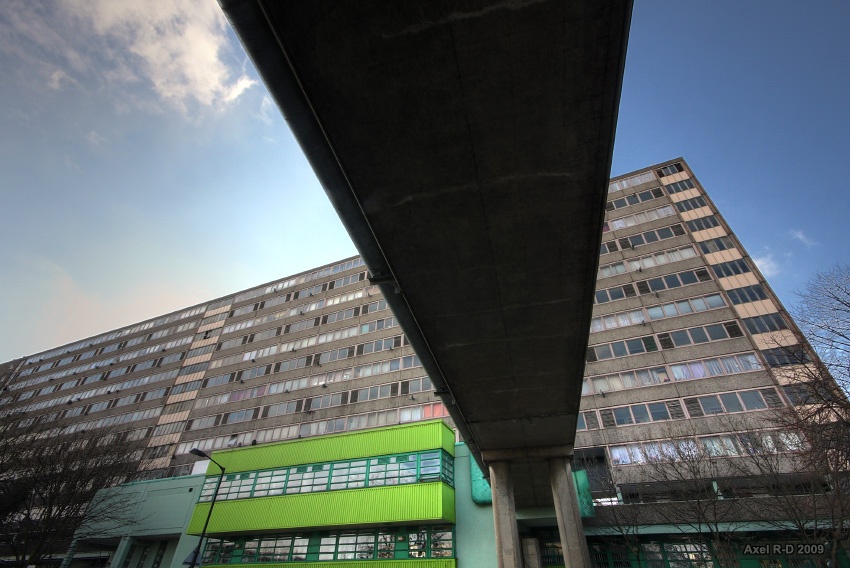Estate Regeneration is part of the 21st Century - let's make it feel that way

By Mike Saunders | 03/11/17 14:27
2 min read
 Photo of Aylesbury Estate by Axel Drainville on Flickr / CC BY-NC
Photo of Aylesbury Estate by Axel Drainville on Flickr / CC BY-NC
Earlier this year Commonplace was included in the London Mayor’s good practice guide for estate regeneration, which gives us genuine pride. But more importantly, it indicates that times really are changing. More and more frequently I hear acknowledgement and genuine enthusiasm from councils, property developers and housing providers about the need for communities to be at the centre of estate regeneration. That trend is only going one way, and it has three important pillars:
- With the array of online tools available residents are, more than ever, equipped to take an active role in decisions that are made about the place they live.
- The political and professional mood is changing, spurred by leadership from the London Mayor and encouraged by evidence from think-tanks such as Create Streets and respected practitioners such as Daisy Froud, and of course the aftermath of the Grenfell tragedy.
- The scale of the impending housebuilding requirement is sinking in, and it’s clear that to achieve anything near the volume needed, developers need residents to be supportive (which was underlined in Centre for London’s recent report, ‘Stopped’).
The mood music is starting to embrace the idea that high-quality, inclusive community engagement is fundamentally necessary for successful estate regeneration. Housing providers will argue, some with good reason, that they have always worked to this principle.
What I think is changing, is the meaning of ‘high quality, inclusive community engagement’. I believe there are three key elements to this change, which are now becoming de-facto best-practice.
1. Statment of community need
Residents and local communities must be a central component of all processes designed to establish the objectives of a regeneration project. Their views are often not sought until there is a proposal, or set of proposal options put forward. In our experience, it is already too late to conduct meaningful engagement if there has been no prior discussion of substance about needs and objectives between the estate owner and the community. This necessitates an open conversation with residents about their views, needs, ideas and aspirations at the earliest possible moment in the project. I believe that a ‘statement of community need’ should be co-produced by the community and the scheme owner(s) at the very beginning of every project.
2. Transparency of dialogue
Second, transparency is fundamental to creating and maintaining trust in a regeneration process. Trust is famously hard to win and very easy to lose, and that has never been truer than in these projects. Ensuring that the process (e.g. timeline, events and decision points) is transparent to residents is relatively common. But making the community responses and insight transparent is much less common and leads to unnecessary loss of trust. Every comment made by a member of the community should be available publicly, in order to demonstrate that nothing is being hidden. Taking anything but this approach creates friction that tends to result in the breakdown of trust.
3. Always on
Third, there should be an ‘always on’ opportunity for residents to participate and respond, so that they are not limited by the constraints of particular events. This is essential to ensure a high response rate and to maximise participation by those who are time poor and therefore less likely to attend events. But it has another even more important effect; it underlines the fact that everyone’s view and participation is equally important. In order to achieve this, I believe that digital engagement must be an integral component of any engagement process with residents, however that is achieved.
Many organisations and projects are adopting these principles. Our work with housing providers such as Peabody, Genesis and Guinness Partners demonstrates their enthusiasm and commitment. There is a fantastic opportunity in the rush to create new housing, which could radically update expectations of community engagement in development projects. Using these new and emerging tools, blended with face-to-face discussion and events, every resident should have the expectation of being a partner in these projects.
Surely this is what we should all reasonably expect of estate regeneration in the 21st century, in order to deliver housing and improve community cohesion on estates.
This article first appeared in Housing Technology magazine.
.png)